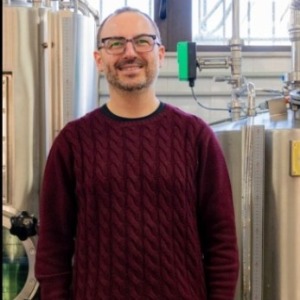8th Edition of Euro Global Conference on
Food Nanoparticle
Food nanoparticles refer to particles with dimensions typically ranging from 1 to 100 nanometers that are used in various applications within the food industry. These nanoparticles exhibit unique physicochemical properties due to their small size, large surface area-to-volume ratio, and quantum effects, making them highly versatile for enhancing food quality, safety, and functionality. Food nanoparticles can be derived from a variety of materials, including metals, metal oxides, lipids, proteins, polysaccharides, and synthetic polymers. Common examples include silver nanoparticles, titanium dioxide nanoparticles, lipid nanoparticles, and nanocellulose. Food nanoparticles find applications in food packaging, preservation, fortification, flavor encapsulation, delivery systems, and sensory enhancement. In food packaging, nanoparticles are incorporated into films, coatings, and packaging materials to improve barrier properties, mechanical strength, antimicrobial activity, and shelf life extension. Nanoparticles such as silver and zinc oxide exhibit antimicrobial properties, inhibiting the growth of pathogenic and spoilage microorganisms on food surfaces. Additionally, nanoparticles can be used as carriers for encapsulating bioactive compounds such as vitamins, antioxidants, flavors, and antimicrobials, protecting them from degradation and improving their stability, solubility, and bioavailability. Nanoparticles also have potential applications in food processing, where they can be used as emulsifiers, stabilizers, thickeners, and texture modifiers to enhance the sensory attributes and functional properties of food products. Despite their potential benefits, concerns regarding the safety, toxicity, and regulatory approval of food nanoparticles exist. Nanoparticles may interact with biological systems and have unintended effects on human health and the environment.

Kasiviswanathan Muthukumarappan
South Dakota State University, United States
Said Bouhallab
INRAE, France
Giovanni De Francesco
University of Perugia, Italy
Alex Martynenko
Dalhousie University, Canada
Ana Isabel Najera
University of the Basque Country EHU, Spain
Marcin A Kurek
Warsaw University of Life Sciences, Poland


